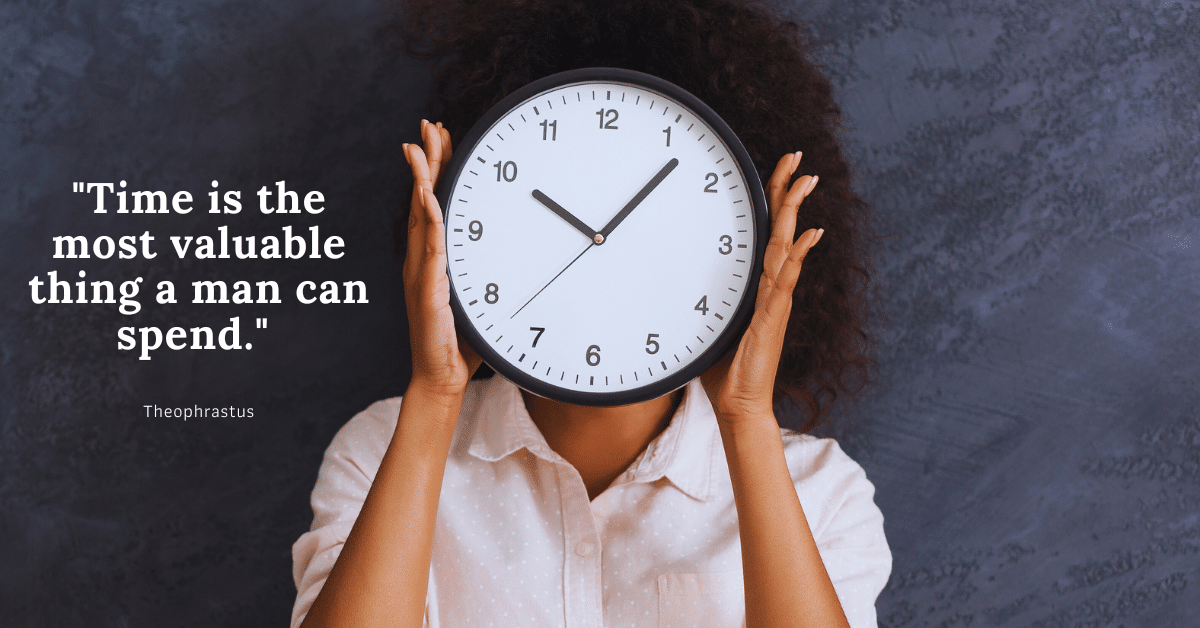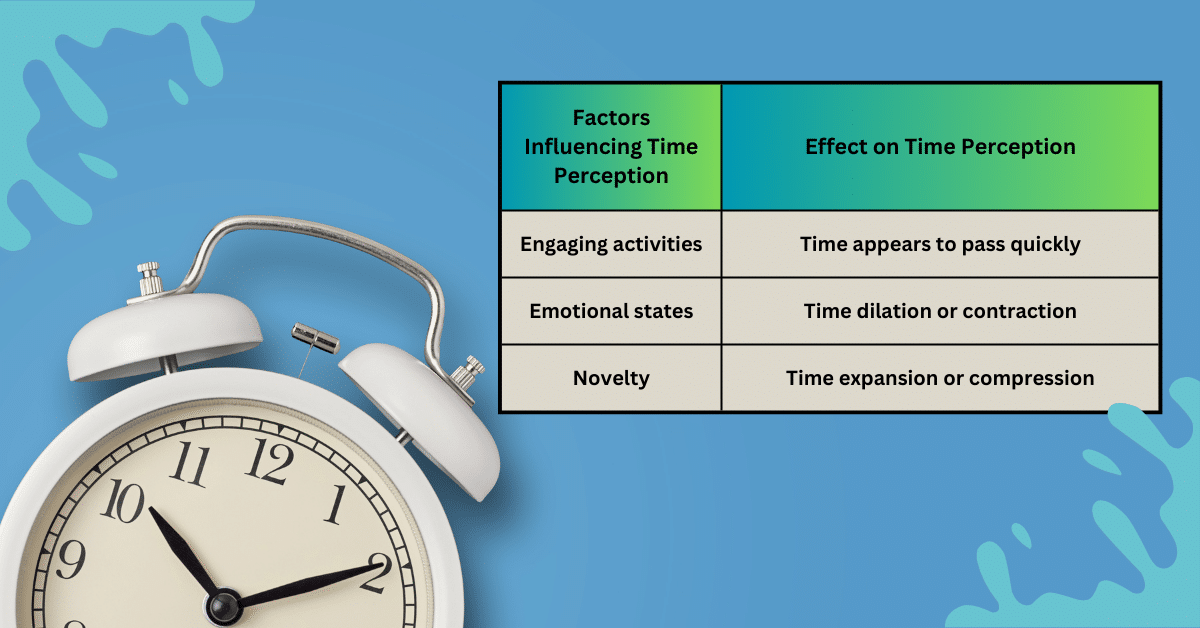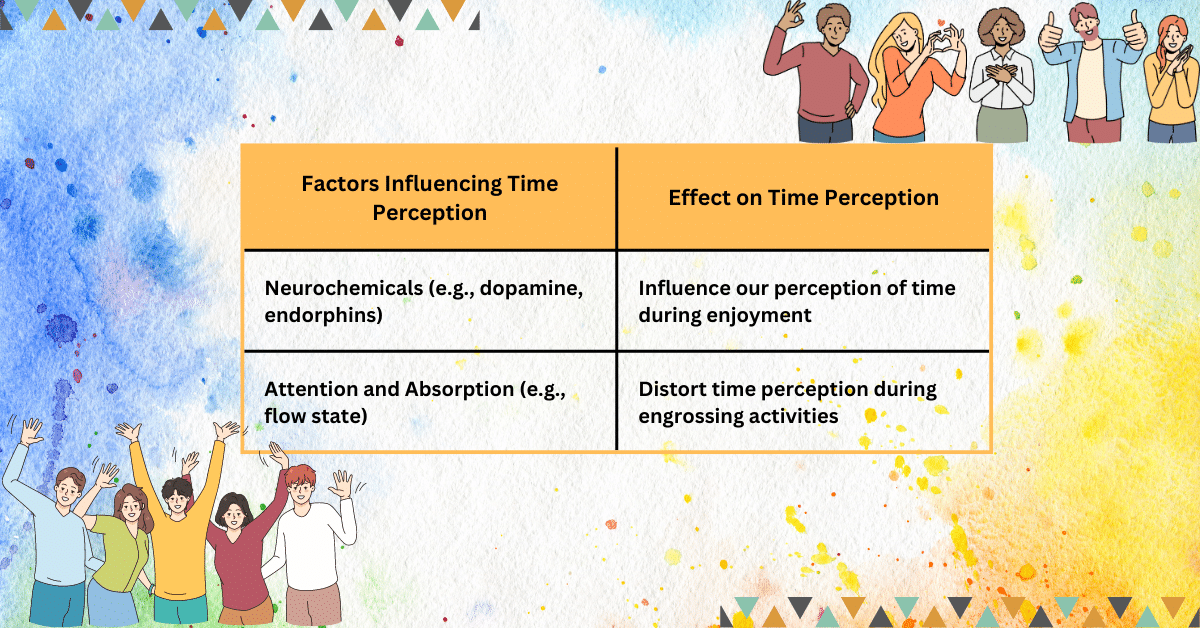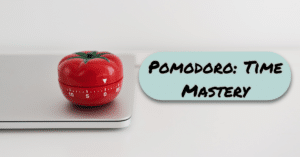Time, a fundamental dimension that governs our lives, is less objective than we might believe. Time perception varies, making moments feel eternal or fleeting based on our perception. The fascinating science of time delves into why minutes fly by during delight and drag during boredom. Understanding this can unlock the secrets to maximizing productivity. In this article, we’ll explore time’s subjective nature, time dilation, flow state, enjoyment’s connection to time, and debunk the multitasking myth to optimize our lives.

The Subjective Nature of Time: Why Minutes Fly or Crawl

The subjective nature of time is a captivating phenomenon that often leaves us pondering its mysteries. Time perception is intriguing as it varies from joy to boredom, challenging time’s objectivity. Our minds warp and distort time, making it personal and varying between people and situations. We’ll explore the psychological and neurological factors influencing this phenomenon, providing insight into how our minds perceive time.
Understanding Time Dilation: How Our Perception Changes in Different Situations
Understanding time dilation is like unlocking the secrets of our temporal reality. Time, as experienced by our minds, is remarkably malleable and elastic, stretching and contracting in response to various circumstances. In different situations, we may find ourselves immersed in captivating activities where time seems to fly by effortlessly, while in other instances, it drags on tediously. This intriguing phenomenon, known as time dilation, reveals the intricacies of human perception and cognition. Factors such as attention, focus, emotional states, and novelty play a significant role in shaping our experience of time. By delving into the concept of time dilation, we gain valuable insights into how our brains process time and how we can optimize our experiences to make the most of every moment.

The Time-Warping Effect of Engaging Activities
When we become engrossed in activities that genuinely capture our attention and interest, we enter a state of “time warping,” where minutes seem to evaporate swiftly. This phenomenon is often associated with being “in the zone” or experiencing a flow state. During these moments, our minds focus intensely on the task at hand, becoming fully immersed in the activity’s challenges and rewards. As a result, we lose track of time, and hours can feel like mere moments. Flow-inducing activities vary among individuals, such as playing music, sports, writing, painting, or deep conversations. Embracing these pursuits helps us tap into our potential and make the most of our time.
Emotional Time Stretch: The Impact of Feelings on Time Perception
Our emotions have a profound influence on how we perceive time. When we are eagerly anticipating something exciting, time seems to drag along slowly, creating a sense of impatience. Conversely, during moments of fear or high stress, time can appear to accelerate, making stressful situations feel overwhelming and intense. Our emotional state affects our cognitive processing, leading to time dilation or contraction. Understanding these emotional influences can help us manage our reactions to time-related stress and enhance our ability to savor enjoyable moments.
Novelty and Time Perception: Why New Experiences Alter Our Sense of Time
The introduction of novelty into our lives can have a curious impact on our perception of time. When we encounter new and unfamiliar experiences, our brains process the information more deeply and attentively. As a result, time seems to expand, and we perceive these moments as longer and richer than familiar, routine activities. Monotonous tasks lead to time compression, making hours pass quickly. Seeking novel experiences and breaking routines cultivates heightened time awareness, creating a more fulfilling life.

Note: The table represents a simplified overview of the different factors and their effects on time perception. The actual relationships between these factors are more complex and multifaceted.
The Power of Flow State: How to Get “In the Zone” and Maximize Productivity
The power of the flow state is a remarkable psychological phenomenon that holds the key to unlocking our peak performance and maximizing productivity. When we experience the flow state, we enter a heightened state of focus and immersion in an activity, where time seems to vanish, and we become one with the task at hand. This state of effortless concentration brings about a sense of deep satisfaction and fulfillment, as we are fully engaged in the present moment. Achieving flow requires the perfect balance of challenge and skill, where the task is neither too easy nor too difficult. By understanding the principles behind flow and incorporating strategies to cultivate it in our lives, we can harness its potential to accomplish our goals with greater efficiency, creativity, and joy. Whether in the workplace, hobbies, or daily activities, tapping into the power of flow can lead us to new heights of accomplishment and personal growth.
Time Flies When You’re Having Fun: Unraveling the Connection Between Enjoyment and Time Perception
“Time flies when you’re having fun” is more than just a saying; it’s a fascinating aspect of human psychology. When we engage in activities that bring us joy and fulfillment, our perception of time undergoes a peculiar transformation. Moments of enjoyment seem to pass swiftly, leaving us yearning for more, while the clock appears to slow down during tedious or unpleasant experiences. This connection between enjoyment and time perception is rooted in how our brains process positive stimuli and allocate attention. As we delve into the science behind this phenomenon, we gain valuable insights into the interplay of emotions and cognition, offering us the opportunity to embrace enjoyable moments fully and make the most of every instance of happiness that graces our lives. Understanding this connection can cultivate a greater appreciation for life’s delightful moments and enrich our overall well-being.

The Neurochemical Basis of Enjoyment and Time Perception
The connection between enjoyment and time perception can be traced back to the fascinating interplay of neurochemicals in our brains. Dopamine, a key neurotransmitter, plays a pivotal role in signaling pleasure and reward. Engaging in activities that bring us joy triggers the release of dopamine, leading to heightened positive feelings and influencing our perception of time. As dopamine levels rise during enjoyable experiences, our brains become primed to associate pleasure with specific moments, making time seem to fly by rapidly. Additionally, endorphins, the brain’s natural painkillers and mood boosters, further contribute to the feeling of time dilation during pleasurable moments. Unraveling this neurochemical basis of enjoyment and time perception can help us understand the power of positive experiences and how they influence our temporal reality.
The Role of Attention and Absorption in Time Distortion
The experience of time flying by when we’re having fun can be attributed to the remarkable power of attention and absorption. When we fully engage in activities that captivate us, our attention becomes intensely focused, and we lose track of time. “Flow” is a state of heightened focus where individuals become fully immersed and energized in the activity. During flow, our brains enter a hyper-engaged state, diverting cognitive resources from time monitoring, resulting in time distortion. Enjoyable moments triggering flow experiences appear to extend beyond their objective duration, creating a sense of time dilation. Understanding attention and absorption’s role in time distortion enables us to intentionally cultivate flow states, savoring and extending enjoyable moments in life.

Note: The table presents a simplified overview of the factors and their effects on time perception. The actual relationship between these factors and their impact on time perception can be more complex and multifaceted.
The Multi-Tasking Myth: How It Affects Our Perception of Time
The multi-tasking myth is a pervasive belief that attempting to juggle multiple tasks simultaneously can lead to enhanced productivity and time savings. However, research has consistently shown that multi-tasking is not only inefficient but also negatively impacts our perception of time. When we divide our attention among several tasks, our cognitive resources become fragmented, and our ability to focus on each task diminishes. As a result, time seems to slip away as we struggle to keep up with the demands of different activities. Additionally, the constant switching between tasks can lead to increased stress and mental fatigue, further distorting our time perception. By debunking the multi-tasking myth and adopting more focused, single-tasking approaches, we can improve our time management skills and regain a sense of control over our time, leading to heightened productivity and a better quality of life.
Conclusion

Time perception is a deeply subjective experience that influences how we interact with the world around us. In this article, we have explored the intriguing aspects of time perception, starting with the subjective nature of time itself. We then dived into the concept of time dilation, understanding how our perception of time changes in different situations. Discovering the power of the flow state, we learned how to get “in the zone” to maximize productivity and engagement. Furthermore, we unveiled the connection between enjoyment and time perception, exploring why time seems to fly when we are having fun. Lastly, we debunked the multitasking myth, shedding light on how multitasking affects our perception of time and overall efficiency. Armed with these insights, we can now employ this knowledge to make the most of every moment, enhance productivity, and enrich our lives.












